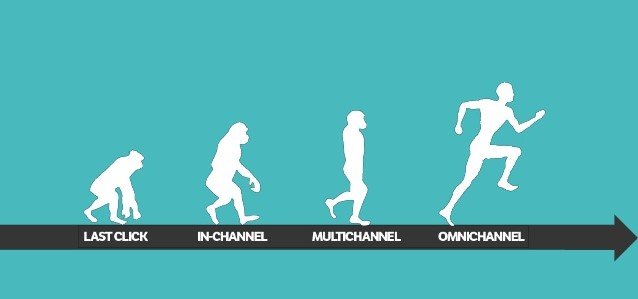
It’s no secret, that the world of commerce is advancing at a crazy pace. The business of selling has become a real science, why? Because it is no longer about people buying their stuff only in a brick-and-mortar store. The number of sales channels has increased significantly, or I would say enormously. Online stores, social media, brick-and-mortar, you name it, but this is only a small part of the picture.
The customer experience and expectation has changed a lot, since the competition which has gone wild, is now offering so much more. The thing is, that today you can have a great web store and a really nice presence on social networks, without anyone having the slightest clue about how great your products are because the products you have on your Instagram are a long time out of stock on your web store. You get the idea. You have to make your selling process integrated. You’ve got a million channels, but which ones do you choose, and how do you integrate them? In this article, I am not going to give a direct answer but I will suggest you how to approach this problem in the first place.
Alright, before we get into examples, let’s delve deeper into omni- and multi- channel selling. Omni stands for “all” (from Latin omnis) and Multi, as you might guess, means “multiple” (Latin multus, which means many). In its entirety, omni means universal, and multi means multiple separate entities. And the way to approach it is this: having so many selling and communication channels, do you want them to work in a simultaneous and connected way, or you just want to bombard your customer across as many channels possible, and in as many ways as possible, expecting that he or she will be hit through one of them? The latter is on decline, by the way.
Omni-channel, is small, tiny data driven selling, while multi-channel is about big data and making sure you hit a lot of potential customers. Omni-channel is about integrating all of your channels into a seamless customer experience.
In most cases before making a purchase in a physical store, the customer has already looked at your products on your online store. He or she has already looked at the price, availability, and options one can choose from. So, to make it omni-channel, you have to make sure all of these things match when the customer visits your store, otherwise, it becomes a frustration for both the customer and you. In this case, multi-channel would simply be about making sure, that the customer purchases directly from the web store because the web store is supposed to sell over the web, right? Well, the data says this is simply not true. Most of the customers will look at your product online and then make a purchase in your physical store. If you don’t have a physical store, it’s extremely important that you have a pickup location, so that the customer can look at the product, try it on, and only then make a purchase. That is truly omni-channel. You are mixing both virtual and physical experiences to ultimately make the customer happy.
Another great example would be mobile responsiveness of your web store. I am sure you already know that most of your potential customers are using mobile devices to access your web store. Even if they don’t make a final purchase through the phone, they are very likely to start considering your product through a mobile device, when they have some spare time while commuting to work etc. Surprisingly, there is still a vast amount of web stores that are not adapted to mobile devices, meaning they don’t shrink in size according to the screen size of the device the website is accessed from. Responsive web design is another great example of being omni-channel.
Now, think about the way your product cart is set up. Can your customer access the product cart with the products one has already chosen on one of his or her devices? Having your product cart choices saved accessed across multiple devices is a great omni-channel experience too!
Look at Evernote or Telegram. Their apps can be accessed from an Android and iOS applications, web browser, web application, or even from Chrome extension in the case of Evernote. And it is so comfortable for the end user when all of these applications are in sync, it saves the time and brings so much pleasure working with these tools.
As you might have noticed, I am not really focusing on the multi-channel approach. It’s dying. It can no longer satisfy the user. Our suggestion at BelVG is for you to think omni-channel. You have to pay attention to the seamless integration between all of the devices and platforms your customer is using, you have to make it synchronized and comfortable at every step of the way.
We, at BelVG have the expertise and needed experience to provide you with an omni-channel development approach. By now, we’ve developed over a hundred extensions and integrations for the biggest E-commerce platforms like Magento and Prestashop, therefore, we can definitely provide you with an ultimate value when it comes to Magento and Prestashop development that is in touch with the latest advances in modern retailing.








Seriously, what a great reference for people who need help and advice when it comes to marketing! This is perfect!!